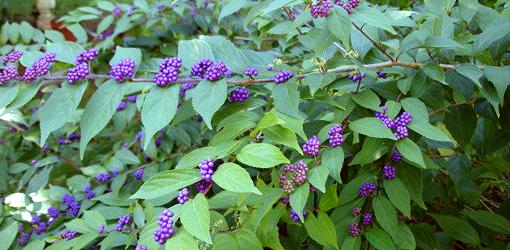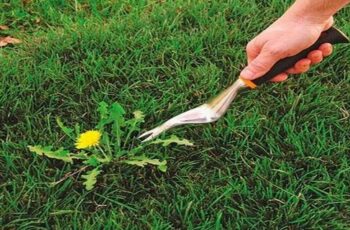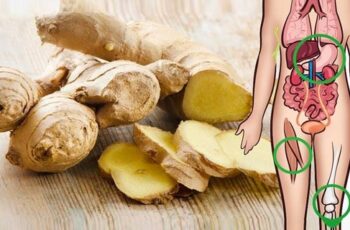Ad Blocker Detected
Our website is made possible by displaying online advertisements to our visitors. Please consider supporting us by disabling your ad blocker.
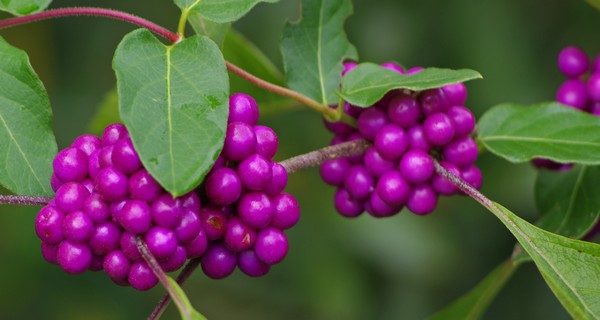
If you’re looking for a plant that’s easy to grow and provides nearly year-round interest, try growing beautyberry. Beautyberry is a medium-sized, deciduous shrub that grows in a pretty cascading umbrella shape.
Beautyberry’s green foliage is speckled with lavender-pink flowers in spring, then the shrub lives up to its name with a spectacular show of intense purple or white berries in fall that last after the leaves have fallen.
Beginning gardeners can’t help but succeed with beautyberry since it’s drought-tolerant, doesn’t need fertilizer, doesn’t require special pruning, and is virtually unharmed by diseases and pests. All in all, beautyberry is about the most low-maintenance plant you can find.
About Beautyberry
The many varieties of beautyberry are generally divided into two groups:
- American Beautyberry: (Callicarpa Americana) is native to the southeastern United States where it can occasionally be spotted growing wild. American beautyberry grows quickly to 5’ tall or more and is winter hardy to zone 7. American beautyberry has been cultivated into varieties with purple or white berries.
- Asian Beautyberry: Japanese beautyberry (Callicarpa japonica) and Chinese beautyberry (C. dichotoma and C. bodinieri) are cold tolerant to zone 5 but a little less heat tolerant than American beautyberry. They are generally smaller (4’ tall) than American varieties and have smaller berries, but the berries are less concealed by the leaves. Purple or white fruited varieties are available. Asian beautyberries are easily spread by dropping seeds and can sometimes become invasive.
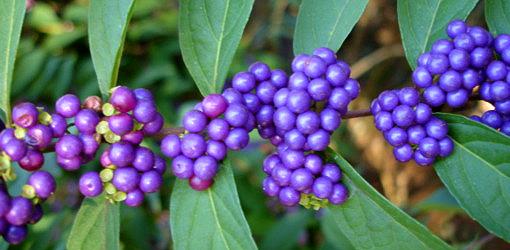
Beautyberry Growing Conditions
- Light: Beautyberry plants prefer full to partial sun. While they produce more berries in full sun, beautyberry is naturally suited to the edges of woodland areas. The more sun plants receive, the more water they will need.
- Soil: Beautyberry does best in fertile, well-draining soil but will do fine in all but the poorest of soils.
- Water: An inch per week is ideal, but beautyberry can tolerate some drought.
